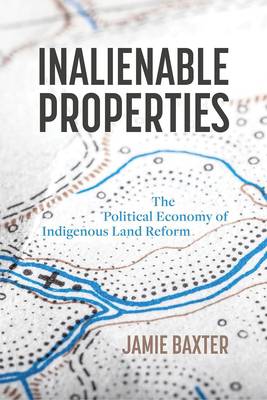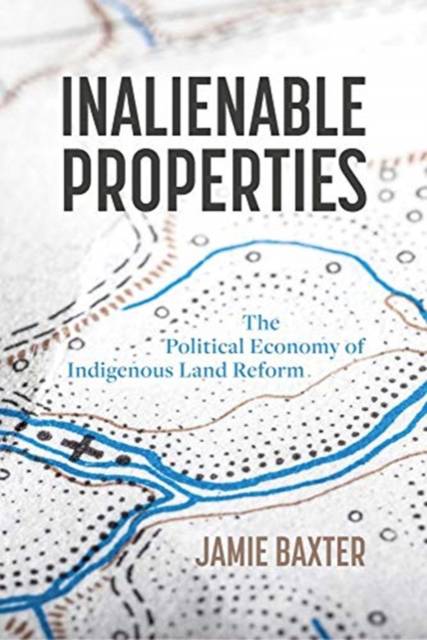
- Retrait gratuit dans votre magasin Club
- 7.000.000 titres dans notre catalogue
- Payer en toute sécurité
- Toujours un magasin près de chez vous
- Retrait gratuit dans votre magasin Club
- 7.000.000 titres dans notre catalogue
- Payer en toute sécurité
- Toujours un magasin près de chez vous
39,45 €
+ 78 points
Description
As many indigenous communities return to self-governance and self-determination, they are reevaluating their own approaches to property rights and community development. Why did the Nisga'a Nation introduce property rights that can be traded in the market? And how have communities such as the Membertou First Nation sustained control over their lands in the face of economic pressures for commodity rights? Inalienable Properties explores the contrasting approaches to land rights illustrated by four indigenous communities in Canada: the Westbank, Membertou, Nisga'a, and James Bay Cree Nations. Jamie Baxter traces how local leaders set the course of land rights and development in their communities during formative periods of legal and economic upheaval. Drawing on new research about institutional change in organizational settings such as business firms and labor unions, Baxter uses game theory to explore how community leaders have sustained inalienable land rights without turning to either persuasion or coercive force, the two levers of power normally associated with political leadership. Inalienable Properties challenges the view that liberalized land markets are the inevitable result of legal and economic change. It shows how inalienability can result from intentional choices and is linked to structures of decision-making that have long-lasting consequences for communities.
Spécifications
Parties prenantes
- Auteur(s) :
- Editeur:
Contenu
- Nombre de pages :
- 226
- Langue:
- Anglais
- Collection :
Caractéristiques
- EAN:
- 9780774863438
- Date de parution :
- 24-03-21
- Format:
- Livre broché
- Format numérique:
- Trade paperback (VS)
- Dimensions :
- 150 mm x 226 mm
- Poids :
- 249 g







